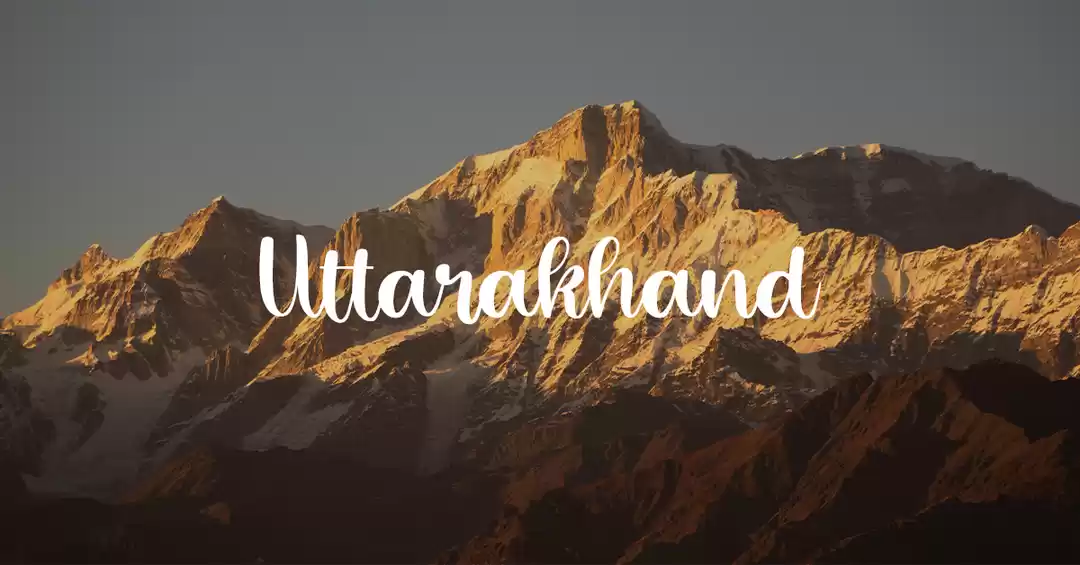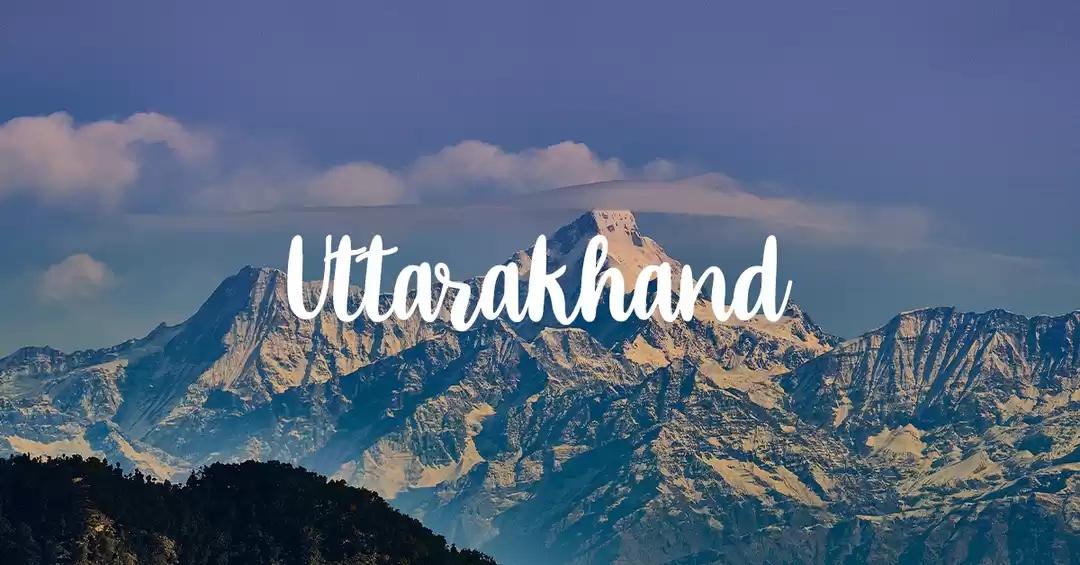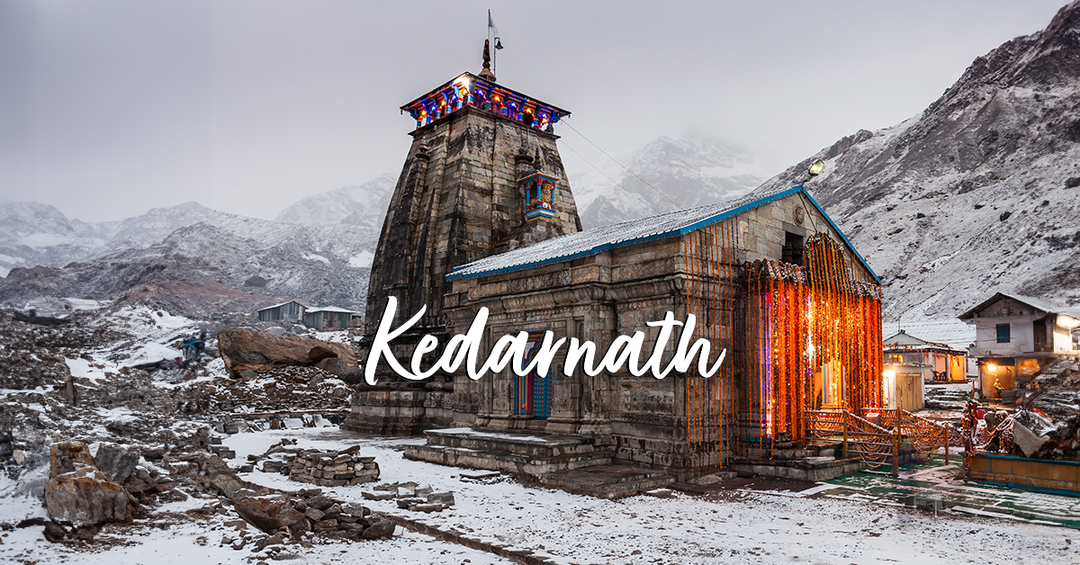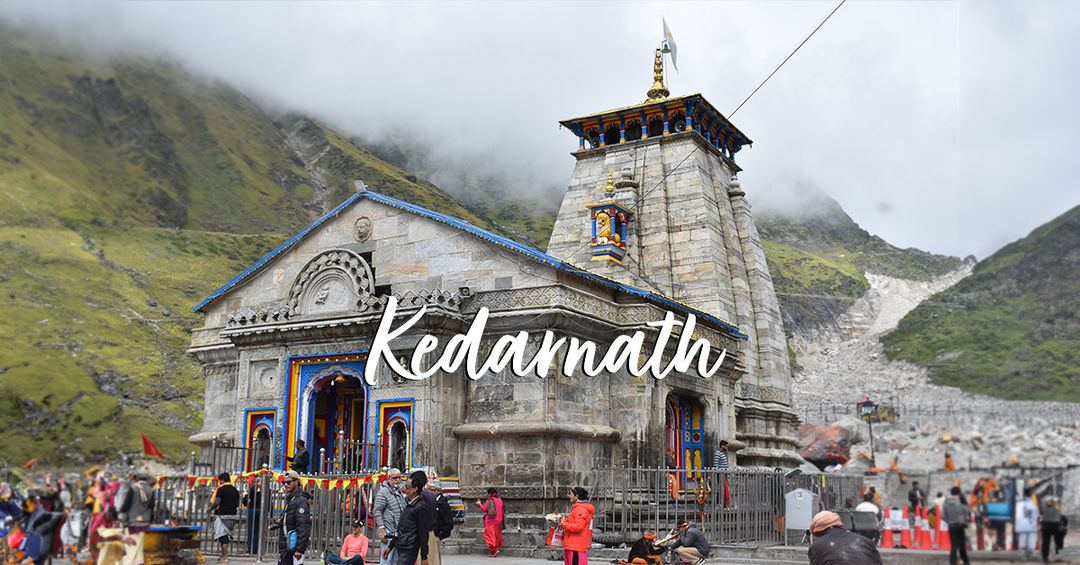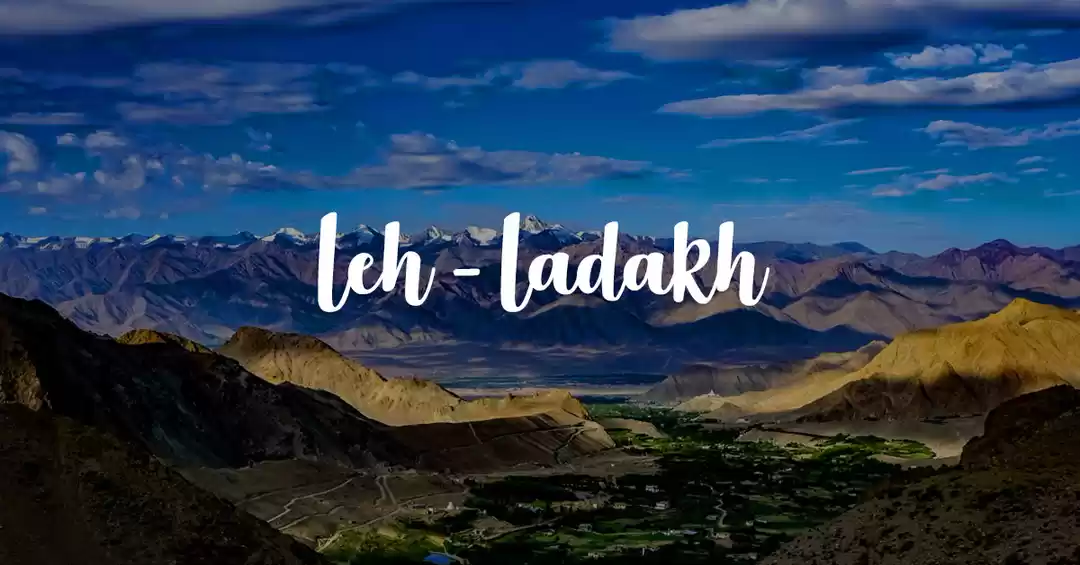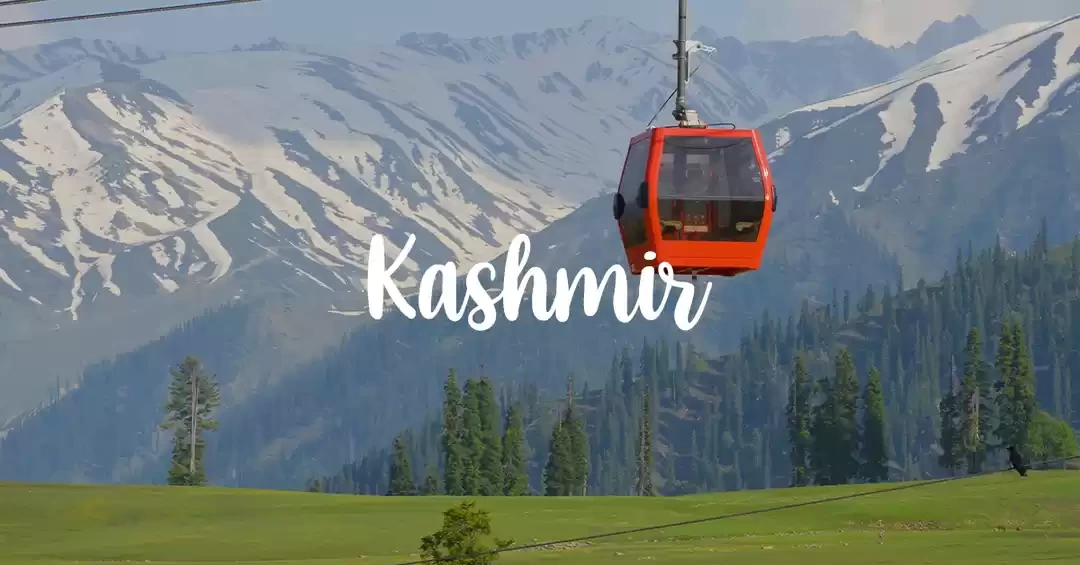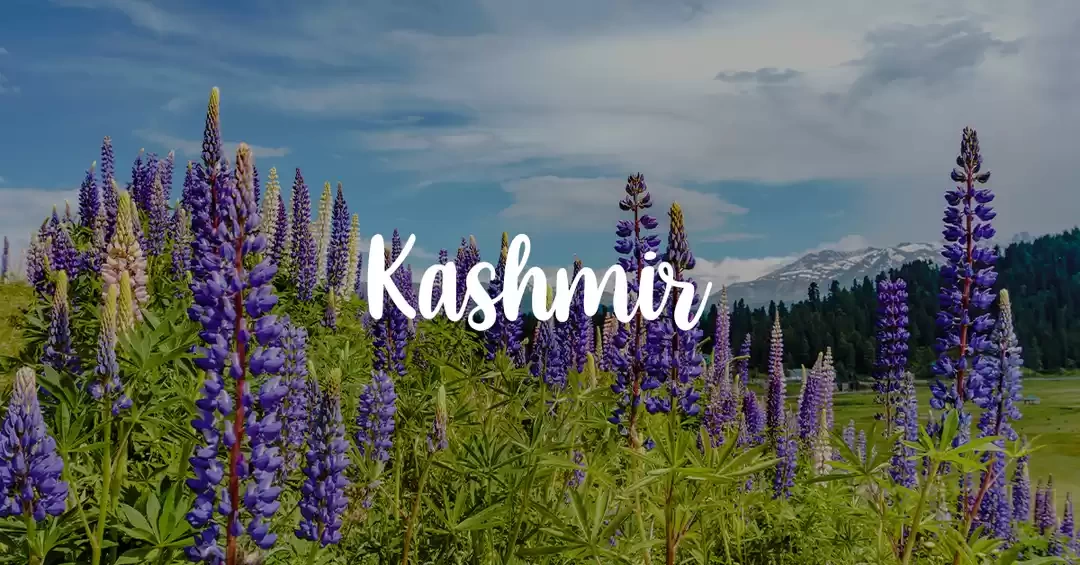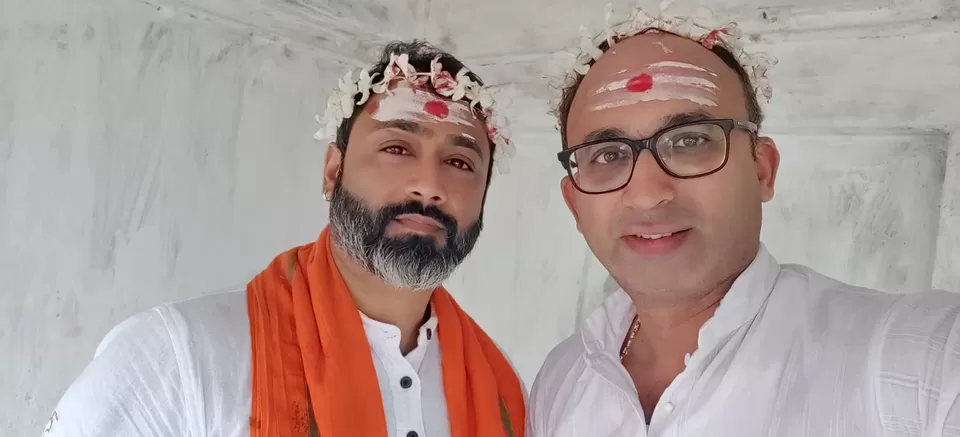
It is often said that some journeys are destined, and such was the case when I reconnected with Vishal Shanbhag, my childhood buddy, after many years. Our conversation, which began with discussions about our corporate careers and politics, quickly turned to our mutual fascination with the mystique and almighty "Shiva." One thing led to other, and we both agreed to follow the Shiva trail by way of embarking on a spiritual journey to visit the sacred Jyotirlingas.
This laid the groundwork for our plan, prompting us to explore various destinations across India. While casually browsing YouTube, I stumbled upon a video about Baba Baidyanath in Deoghar, Jharkhand. With Vishal equally excited, we chose this as the perfect starting point for our spiritual quest.
DAY 1
We flew from Mumbai to Deoghar with a layover in Delhi, totalling 6 hours and 15 minutes. We learned that direct flights to Deoghar from most major cities will be available soon. The airport is small but charming, with a terminal building design inspired by the Baidyanath Temple. Inside, there are murals and paintings showcasing Adivasi art, handicrafts, and local tourist sites.
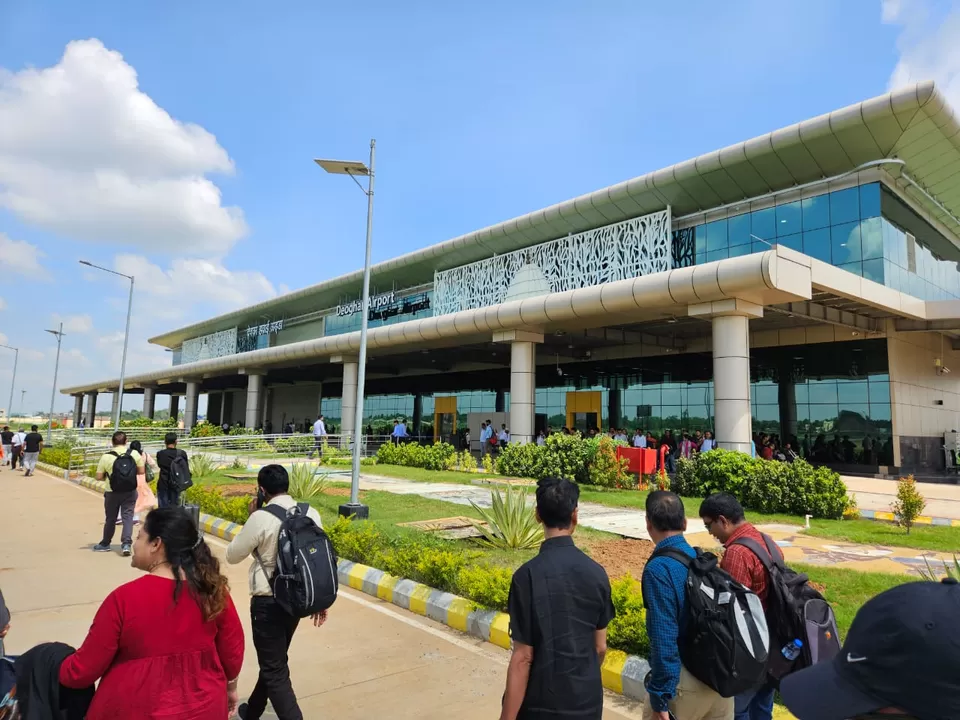
We took a taxi to our hotel for INR 600, covering about 14 kms in approximately 40 minutes. After checking into the hotel and taking some time to freshen up, we indulged in a sumptuous lunch. Following the meal, we dedicated some time to gather all the essential details for our local travel plans. We spoke with the hotel staff and reviewed various travel guides and maps to ensure we had a clear itinerary. With all the necessary information at hand, we felt well-prepared and excited to begin our journey the next day.
DAY 2
Although we had arranged to meet with a Panda (pronounced as Pun + da) at our hotel, he never showed up, and we were eager to visit the temple before it became too crowded. It was a 6–8-minute walk from our hotel (Vaishnavi Clarks Inn) through the main market. Since it was quite early in the morning, we were fortunate to avoid the dense crowds that usually start forming around 10 am. Additionally, we were lucky to have arrived in Deoghar a few days before the start of Shravan, a time when over 300,000 devotees typically gather in the city.
As you would expect around any popular temple, you will be approached by numerous people offering to arrange VIP Darshan, entry to Garba Gruha and Rudra Abhishek. In our experience, it is imperative to seek help from one of them as they have a well-established network that can navigate the chaos and ensure a proper darshan of the deity. While negotiating is possible, our mindset was aligned more towards ensuring proper darshan with our sanctity intact, therefore, we were willing to pay whatever amount was requested.
Once we zeroed down on one of the Pandas, we were asked to sit around the temple and prepare for the pooja. The Panda was assisted by 3-4 men who were engaged in arranging all the required pooja samagri, entry pass and coordination. Once everything was set, we were introduced to the Panditji who would perform the pooja before we entered the temple. Everything was meticulously laid out… a Diya was lit on the side along with Incense sticks, a big plate was decorated with Flowers, we had Chandan and Kumkum tika on our forehead, Naivedyam, Milk for Abhishek, Ganga Jal, Ghee was arranged. It was just the perfect beginning!
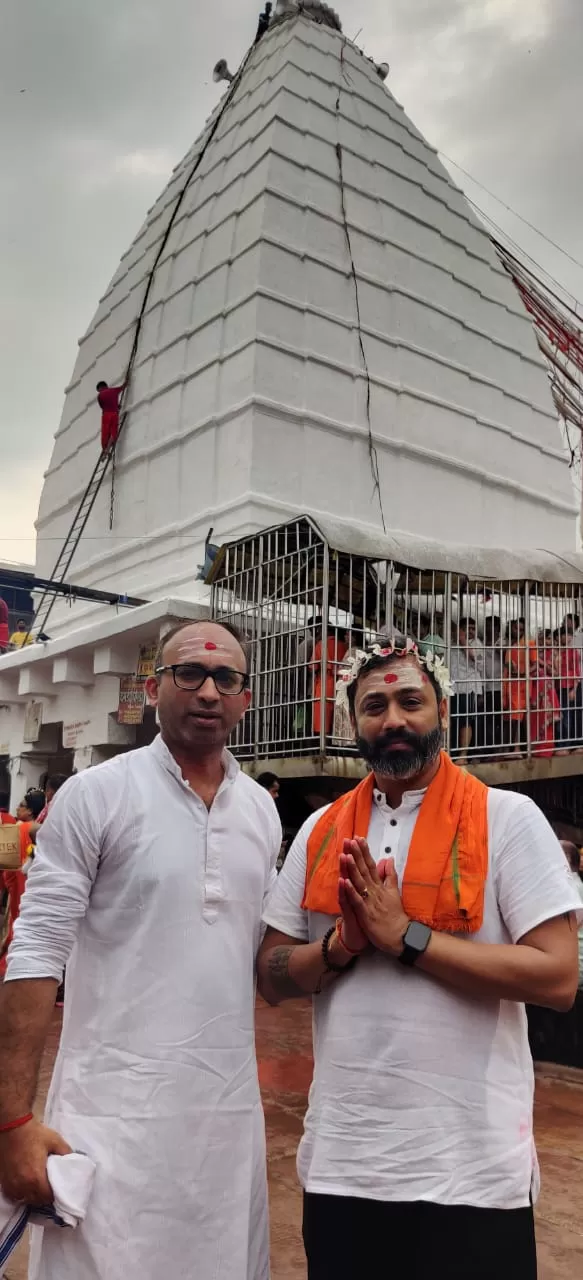
The pooja lasted about 20 minutes, after which we were directed to join the VIP Darshan queue. We were given an RFID card to present at the ticket/QR code reader at the gates. The queue had number tags overhead, starting from 36 and counting down to 1. Our Panda instructed us to call him when we reached number 5. Alternatively, one of his assistants was closely monitoring our progress and relaying updates as we approached number 5. At a certain point near number 5, the General and VIP devotees merged.
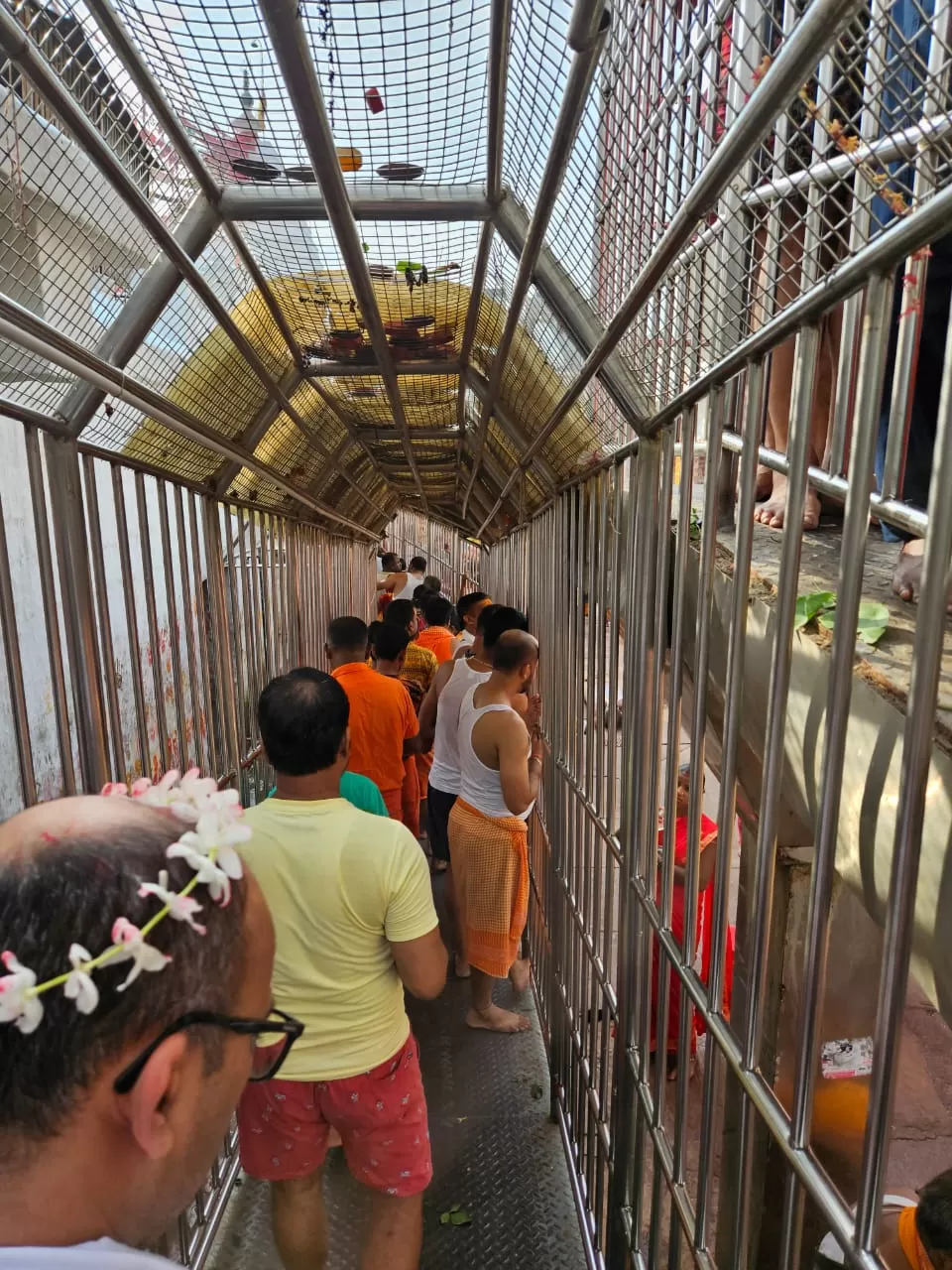
The queue was elevated above ground level, providing a clear view of all the activities around the temple. We could see couples and families performing pooja, small children undergoing mundan ceremonies, photographers capturing moments and eagerly trying to sell their pictures to devotees, and people performing aarti. The scene was vibrant, captivating, and full of spiritual energy. While in the queue, we also observed devotees chanting and singing praises to Lord Mahadev. Vendors climbed the railings to sell pooja items, making a living, while groups of people played musical instruments to seek monetary contributions.
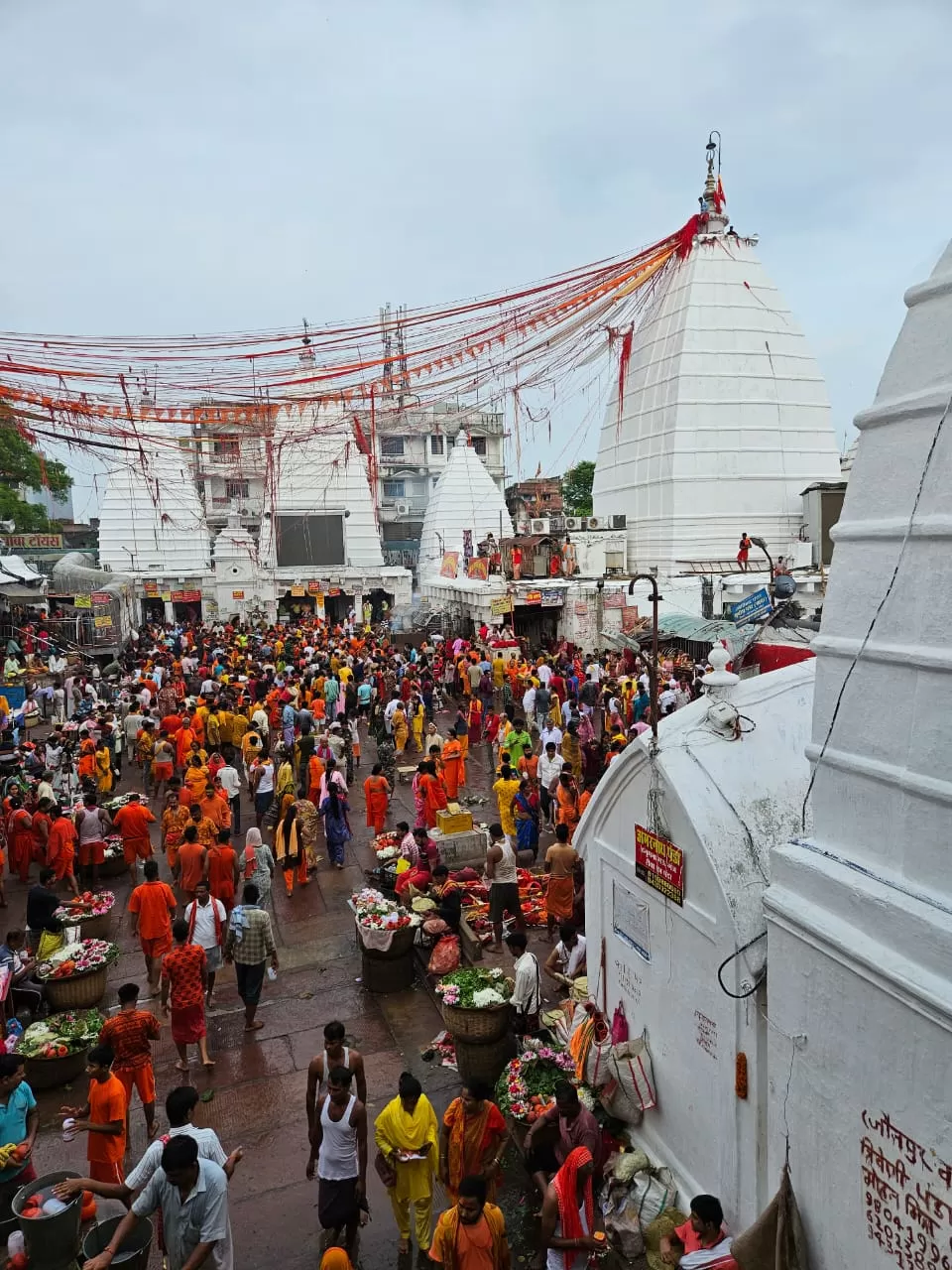
After about 30 minutes, we were near the Garb Gruha. The single line had turned into a chaotic crowd, all trying to enter through a narrow door, which was also the exit for devotees who had completed their darshan. It was quite a challenge to get inside. Fortunately, the Panda's assistants accompanied us and helped us find a spot in the temple. We were blessed to perform Rudra Abhishek, while the assistants expertly managed the crowd, allowing us to conduct our pooja peacefully amidst the chaos. I remember, Panda had mentioned that this was the time to ask the lord for what we longed for, but I was barely in that state of mind. A few tears rolled down my face as I felt the divine energy around me, and I was simply ecstatic to have the opportunity to be there.
After stepping out, we were directed to the Jayadurga Shakti Peeth, located right across the Baba Baidyanath Temple. It is believed that Maa Sati's heart fell here, making it the Hriday Peeth or the Heart Shrine. We bought offerings for Maa Sati, which included sindoor, bangles, naivedyam, and a bunch of colored threads. After receiving Maa Jayadurga’s blessings, we had the opportunity to perform aarti for both deities from outside the temple. This was followed by taking a sankalp, symbolized by tying a long red thread from the top of Baba Baidyanath Temple to the top of Maa Jayadurga Temple. A piece of this thread was later given back as prasad.
Apparently, the yatra is not considered complete without visiting the Baba Basukinath Temple, located 50 kilometers from the Baba Baidyanath Temple. Baba Basukinath is regarded as Baba Baidyanath's court, where Lord Shiva hears the petitions of his followers at Baidyanath Dham and grants them at Basukinath Dham, his Faujdhar.





